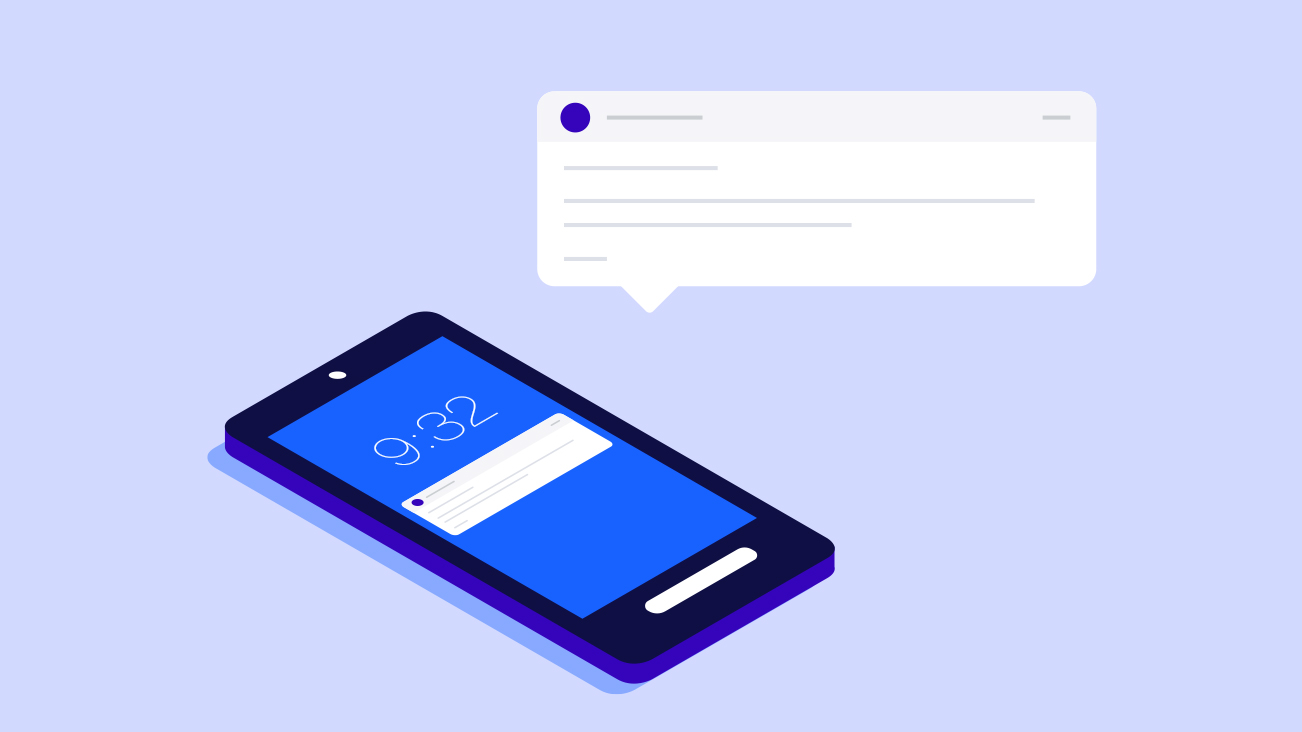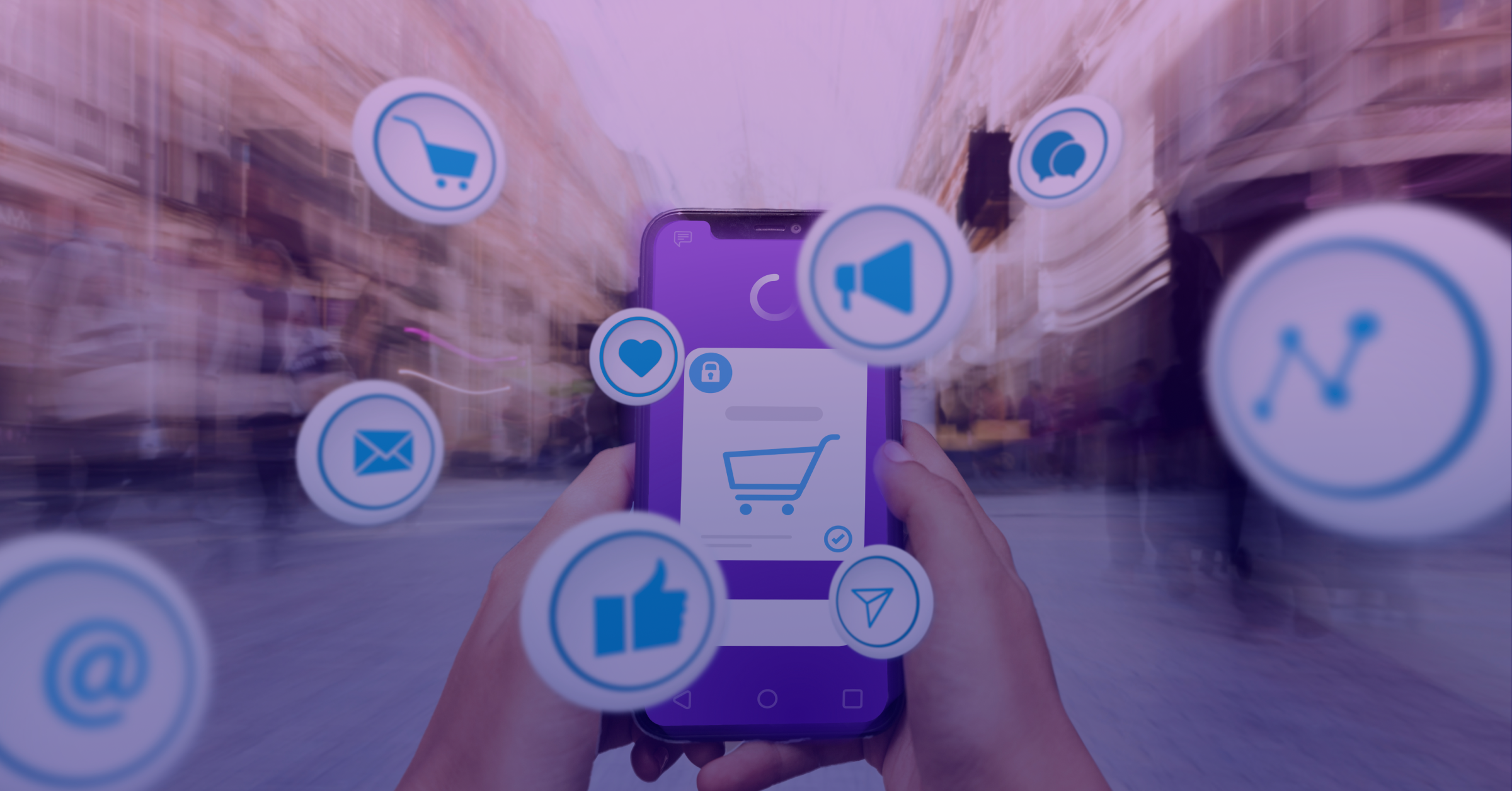Email, SMS, Push: Choosing the Best Engagement Method

In the past year, we've sent over 4 billion marketing messages for our clients. While the clients and the channels differ between projects, we talk a lot about the three big players – email, SMS, and push messaging – and how they can combine to give users a fantastic experience. While there's no easy formula to deciding when to use which medium and how frequently, we can offer tips from the projects we've spearheaded and the results we've seen.
The most successful customer engagement projects tend to put more time and energy upfront, in the planning stages, answering questions that will ultimately shape the campaign strategies.
Here are some of the questions you should consider:
-
What are your business objectives and goals (e.g. drive sign ups, generated leads, rekindle complacent customers, etc.)?
-
What channels are you most comfortable and efficient in using?
-
What is your expected ROI for each channel?
-
How big are your active and inactive audiences for each channel?
After looking yourself in the mirror and answering these questions and many others like it, the best path to balancing email, SMS, and push will become a lot clearer.
For this post, I’d like to use one of our more recent clients who approached us with the exact question above. To put some guardrails around the situation while maintaining their privacy, I’ll just state the following facts:
-
Strong, established, and historical brand recognition
-
New product launch in a targeted market
-
Small marketing lists
-
New to email, SMS, and push
-
Solid understanding of business goals (lead generation and first purchase)
It's best if you can get client input on all the questions outlined above, then gather key stakeholders from UX, UI, and Account Management to meet in front of a whiteboard and map it out. This particular customer had a mobile application and a product that fit well for high-touch push notifications and frequent check-ins. After an internal whiteboard session, one client presentation for feedback, and one finalization for execution, we found that different methods of communicating with customers can be mixed and mapped out for the best possile outcome.
How To Choose The Best Channel?
To answer the core question, “So when’s it best to use email, SMS, and push?” we arrived at the following:
-
Does the heavy marketing lifting to outline the product features and benefits
-
Allows for large imagery to pull on emotional triggers and hero shots
-
Provides strong CTA to drive action
-
Used sparingly to not overuse and try to connect with events that tie in with product benefits (e.g., marketing calendar)
Push
-
Complements email and used sparingly for more focused marketing
-
Typically used to drive an action vs. general marketing specific
-
More targeted around timed events (just in time) into the app
SMS
-
Best for information delivery, not focused marketing
-
Just-in-time delivery to coincide with the triggering event
-
Be cautious of timing of sends to not alert when users may be sleeping with phones nearby
-
-
Note, through extensive testing with the goal of sales and revenue, MMS had a higher cost per conversion
Follow-Up and Measurement
While we tend to spend a lot of time in the planning stages, it’s equally important to consider the feedback loop that tells us if we’re doing a good job. There’s no “set it and forget it” strategy that will work for everyone; we need to be continually monitoring and measuring to see what works and what doesn’t.
For each of these tactics, we monitor performance carefully, especially in the beginning of a campaign or after adding new functionality, to make sure we’re delivering a quality experience to the customers.
Our measurement needs to be a mix of qualitative and quantitative. Since these particular methods are digital, we have a wealth of information that we can gather about usage and engagement, but we should we supplement with user experience surveys and testing to make sure we strike the right balance.
-
Monitor open and click-through rates
-
Tag and track emails through to a common analytics platform
-
Monitor results from campaign emails by device type
-
Test different variations for the same message
-
Test different frequency and schedules
-
For ecommerce emails, look at revenue return based on per thousand emails sent
Push
-
Monitor push engagements and app opens
-
Look for uninstalls and preference changes after pushes
-
Use Newsfeed cards (messaging stored within the app) for longer engagement and conversion
-
Use unique tracking codes directly loaded into the shopping cart for e-commerce or conversion flow for non-ecommerce conversions
-
Look at revenue return based on per thousand push messages sent
SMS
-
Use unique tracking codes directly loaded into the shopping cart or conversion flow for non-ecommerce conversions
-
Ask for feedback in surveys/testing/focus groups
-
Look at revenue return based on per thousand SMS messages sent
As I stated earlier in this post, there’s no one simple solution for all clients. Rather, it’s a mix of art and science to find the perfect balance to meet business goals and objectives. Setup a measurement strategy and monitor, taking into account conversions, opt-outs, and costs, and always respecting your users. And, ultimately provide an excellent experience for your users, since at the end of the day, that’s what grows your bottom line.


